Vikings Raid the Abbey at Lindisfarne, 793
 |
| Lindisfarne Abbey today. © Russ Hamer/ Wikimedia Commons |
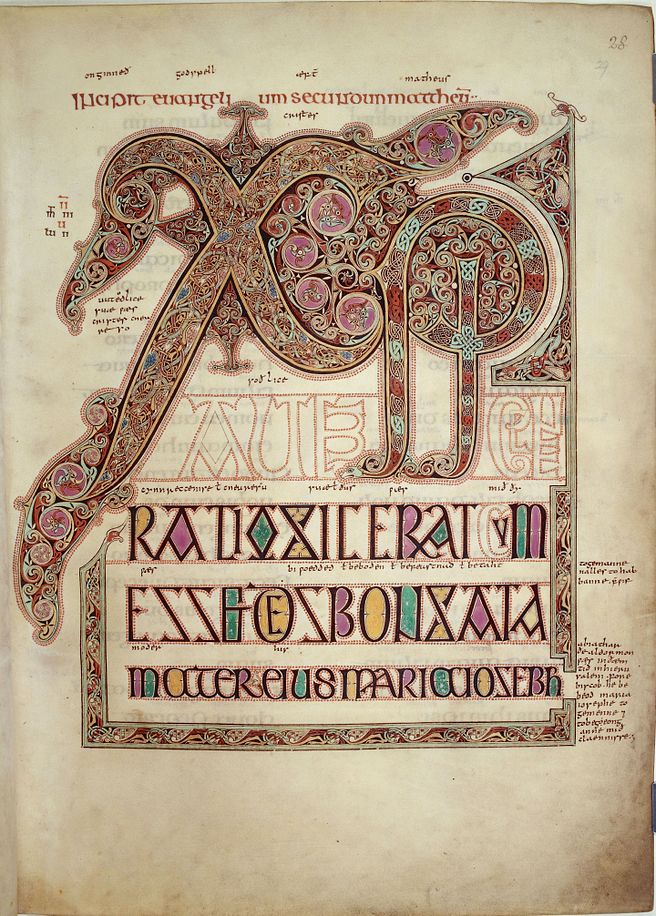 |
| Page from the Gospels - the Vikings only took the cover. |
Lindisfarne is a flat island -- the only hill on it today was built when the island castle was created during Tudor times. In 793 it would have been a quiet place, with monks performing their duties with little expectation of trouble. The coastline is dominated by sandbanks -- easy places to land a Viking ship.
Suddenly the North Men arrived, and "pagans desecrated the sanctuaries of God, and poured out the blood of saints around the altar, laid waste the house of our hope, trampled on the bodies of saints in the temple of God, like dung in the street." These were the words of Alcuin, a scholar residing in Charlemagne's court, who had been in contact with the Bishop of Lindisfarne. The Vikings dug the gold and jewels from the cover of the Lindisfarne Gospels, but left the book behind. They collected what other treasures they could find, and left the dead and the dying behind.
This was the first major raid by the men from the north, and it marked the beginning of the Age of Vikings, which would terrorize Europe for the next 240 years.
John Everett Millais Born, 1829
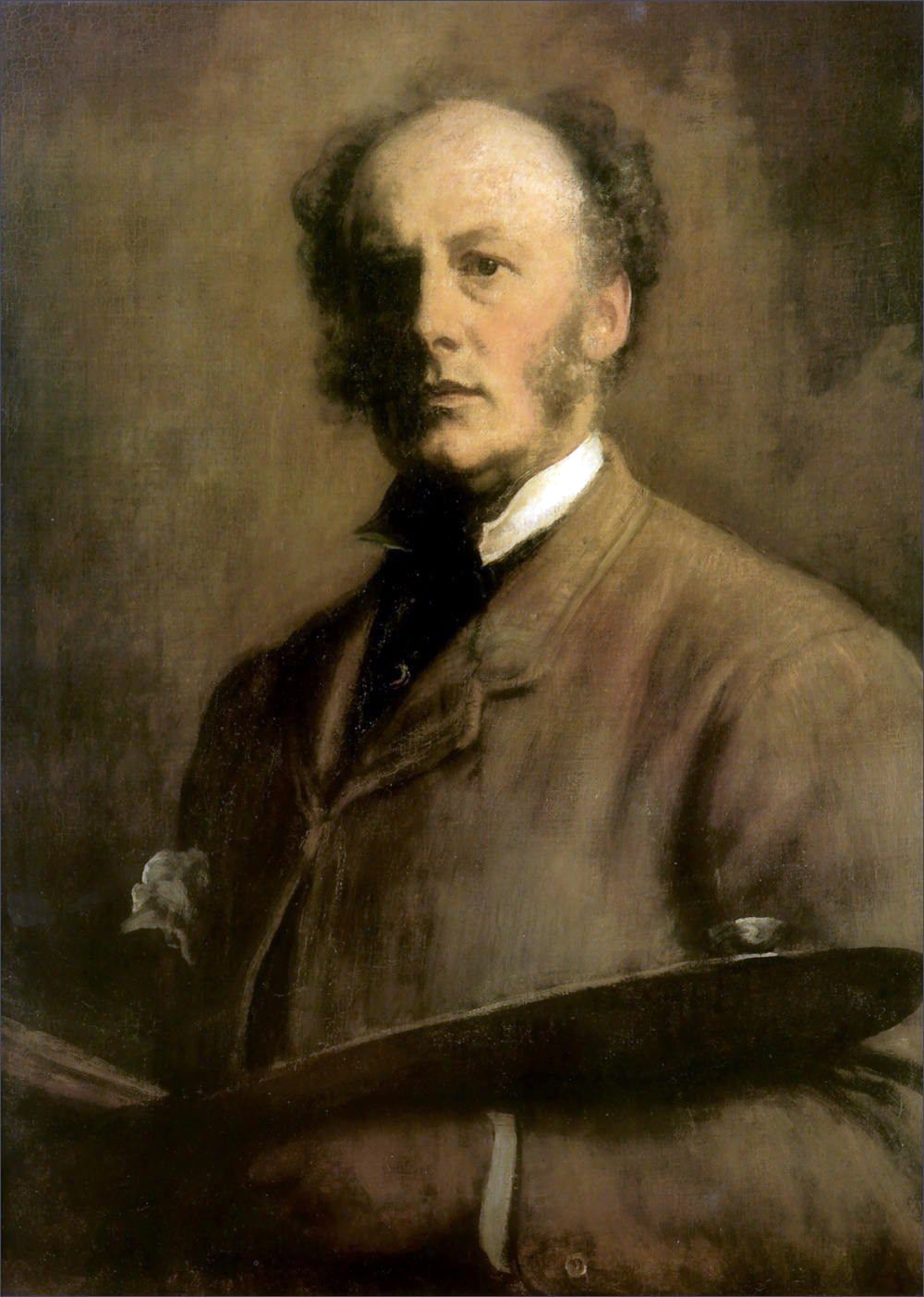 |
| John Everett Millais, self-portrait, 1881 |
One of Millais earliest well-known works was Christ in the House of His Parents, which he displayed in 1850. The work was very badly reviewed: many felt the scene portrayed was so ordinary as to be sacrilegious. Critics (including Charles Dickens) complained that the workshop was dirty, the characters seemed to have rickets, and Mary looked like an alcoholic.
Another work for which Millais is noted is his Ophelia, which pictures the character from Shakespeare's Hamlet, singing as she drowns. Millais's model for this work was Elizabeth Siddal, who later married Dante Gabriel Rossetti (and also modeled for him.) Siddal was required to lie, fully clothed, in a bathtub of water while he painted her. She caught a cold (and possibly pneumonia) from the process and her father sued Millais for the doctor's bills.
Millais's model for The Order of Release, 1746 was Effie Gray, who was the wife of critic and writer John Ruskin. Ruskin's marriage to Effie was unconsummated, and the marriage was later annulled. (Effie claimed that Ruskin was impotent. Ruskin declared that he was not, and offered to demonstrate it to the court. He also counterclaimed that Effie was mentally unstable.) After the annulment, Effie married Millais. They had eight children.
_-_Google_Art_Project.jpg/1200px-John_Everett_Millais_-_Christ_in_the_House_of_His_Parents_(%60The_Carpenter's_Shop')_-_Google_Art_Project.jpg) |
| Christ in the House of his Parents. "Too ordinary," said the critics. |
 |
| Ophelia. The model, Elizabeth Siddal, was Rossetti's wife. |
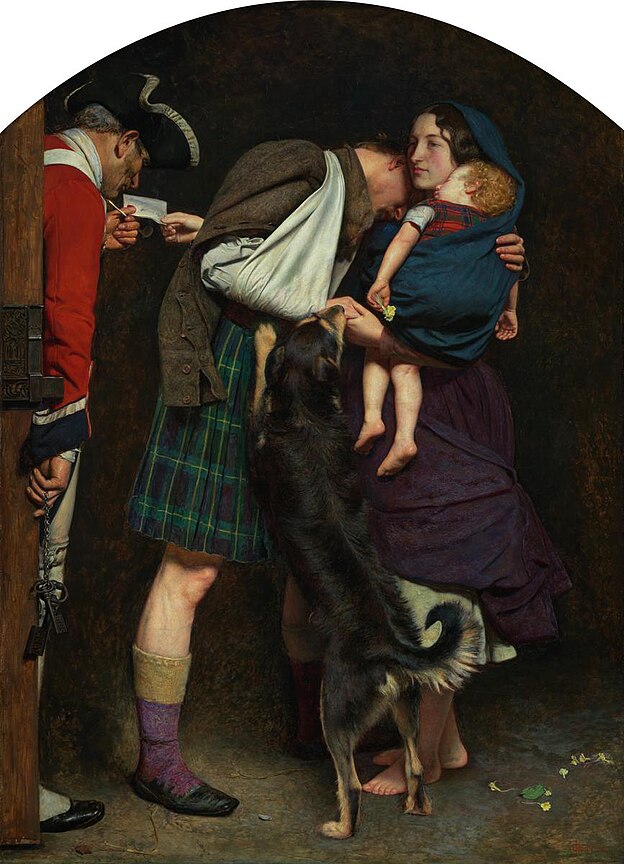 |
| The Order of Release, 1853. Millais later married the female model. |
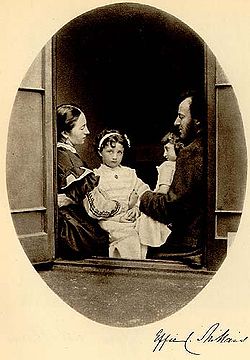 |
| Effie and John Everett Millais with two of their daughters. Lewis Carroll took the photo. |
Attempted Delivery of "Missile Mail", 1959
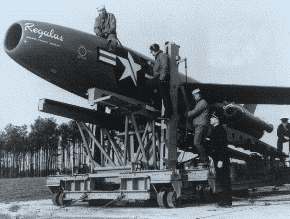 |
| The Regulus cruise missile |
It was actually attempted, in 1959, by the Navy submarine USS Barbero. The warhead of a Regulus cruise cruise missile was removed and replaced with two mail containers. The missile was fired and struck its target, the Naval Auxiliary Air Station at Mayport, Florida. The experiment was a success.
There were 3000 pieces of mail in the delivery, all commemorative letters addressed to the President of the United States and other government and postal officials. The mail was sent to the post office at Jacksonville, Florida for sorting.
Postmaster General Arthur E. Summerfield declared that it was an historic day. "Before man reaches the moon, mail will be delivered within hours from New York to California, to Britain, to India or Australia by guided missiles. We stand on the threshold of rocket mail."
So what happened? It was just too expensive. In fact, some think that the stunt was more a demonstration of the United States' missile capabilities than it was a demonstration of high-tech mail delivery.
No comments:
Post a Comment